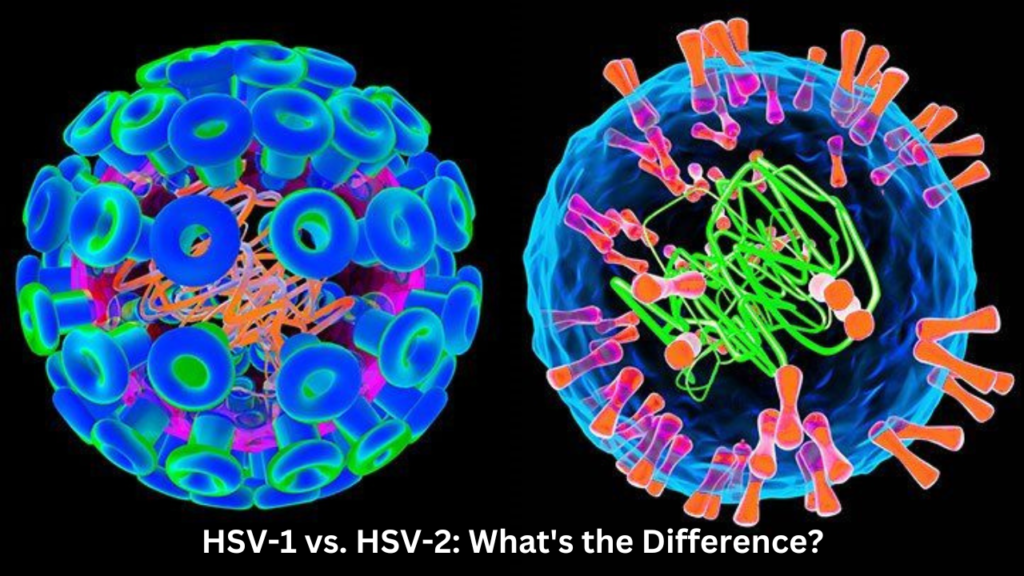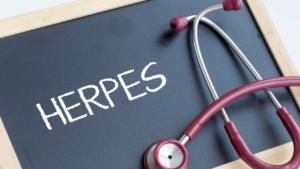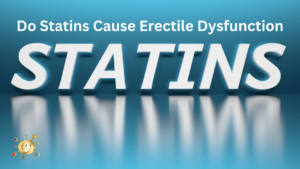Are you concerned about herpes? There are several types of herpes virus, ranging from the common herpes simplex virus (HSV) to the varicella-zoster virus (herpes zoster, or shingles) and the human cytomegalovirus.
When people think of “herpes,” they usually mean one of the herpes simplex viruses, such as HSV-1 or HSV-2. Below, we’ll explain how these two types of the herpes virus differ, ranging from infection rates to how they affect the body.
Bad Component Specified!
The Basics of HSV-1 and HSV-2
Herpes simplex virus 1 and herpes simplex virus 2 are both types of herpes virus. Of the two, HSV-1 is by far the most common, with an estimated 67 percent of the population (in people 14 to 49 years of age) infected with the virus worldwide in 2012. In 2015-2016, in people 14 to 49 years of age, the prevalence of HSV-1 was 47.8 percent compared to HSV-2 at 11.9 percent.
HSV-1 and HSV-2 are both lifelong infections without any known cure. However, various safe, affordable, and highly effective medications are available to treat both virus types.
The Basics of HSV-1
HSV-1 typically infects the lips and mouth, causing oral herpes (cold sores) to develop. It’s a ubiquitous virus that’s usually transmitted in childhood, usually through contact with a parent or other family member who has the virus.
Most people are infected with HSV-1, meaning there’s no need to panic if you find out that you have the virus. Many people are asymptomatic, meaning they carry the virus and can potentially spread it to others but don’t have any visible, apparent symptoms.
While HSV-1 usually affects the lips and mouth, it can also spread to the genitals and result in genital herpes. HSV-1 usually applies to the genitals through oral sex and can spread with or without visible symptoms.
The Basics of HSV-2
HSV-2 typically infects the genitals, causing lesions to develop on and around the genitals and anus. This form of the virus is generally transmitted through sexual activity, although it can also spread from mother to child during childbirth.
Unlike HSV-1, it’s sporadic for HSV-2 to spread to the mouth and lips. This form of the herpes virus almost exclusively causes genital lesions. Like HSV-1, many people with HSV-2 have no symptoms and are unaware that they’re infected.
In fact, according to the World Health Organization, only 10 to 20 percent of people who have HSV-2 report a prior diagnosis of genital herpes — which means as many as 90 percent of people who have the virus don’t even know they have it.
Between outbreaks, HSV-2 remains dormant in the body. The virus primarily remains latent in the sacral ganglion, a group of nerve cell clusters in the lower spine.
Symptoms of HSV-1 and HSV-2
HSV-1 and HSV-2 cause similar symptoms. However, because the two virus forms infect different body parts, their symptoms usually exclude the lips and mouth or the genitals.
HSV-1 Symptoms
HSV-1 most commonly produces oral herpes (cold sores). People infected with the virus usually go through an initial outbreak shortly after catching the virus. This is usually an intense outbreak that features cold sores and a variety of flu-like symptoms.
An initial outbreak of HSV-1 can last for two to three weeks. Our guide to stopping a cold sore in the early stages goes through the different stages of an HSV-1 outbreak, explaining how a sore can develop, break open, and spread infectious fluid before healing.
After the initial outbreak, HSV-1 can reoccur for a variety of reasons. Some people with HSV-1 experience outbreaks every few months, while others only experience bouts after a specific trigger event occurs. Many people with HSV-1 experience no symptoms at all.
Although rare, HSV-1 can also cause genital herpes. In this case, the virus infects nerve cells in the lower spine and causes sores to develop on and around the genitals and anus, not the lips and mouth.
HSV-2 Symptoms
HSV-2 almost exclusively causes genital herpes. After becoming infected with the virus, people with HSV-2 typically go through an initial outbreak. The symptoms are similar to an initial HSV-1 outbreak, albeit localized to the genitals rather than the mouth and lips.
The most apparent symptom of HSV-2 is the development of genital herpes sores, which can form on the genitals, in the groin and upper thigh area, and around the anus.
Initial HSV-2 outbreaks can include a range of additional symptoms, such as headache, fatigue, glandular swelling, and nausea. Many people with HSV-2 mistake the initial symptoms for the flu before the genital herpes lesions become visible.
Like HSV-1, the initial symptoms of an HSV-2 outbreak usually last for two to three weeks. Many people with HSV-2 do not experience any symptoms at all, resulting in many people with HSV-2 remaining unaware that they’re infected.
Complications of HSV-1 and HSV-2
Outbreaks of HSV-1 usually become less intense over time as the body develops an immune response to the virus. It’s also easy to treat HSV-1 attacks using antiviral medications.
The same is true of HSV-2. Even in symptomatic people, the body develops immune responses to the virus over time. HSV-2 symptoms can be treated using antiviral drugs, which speed up the healing process and reduce the frequency of outbreaks.
Despite this, both HSV-1 and HSV-2 can produce some complications. In people with weak or compromised immune systems — such as people with HIV — both HSV-1 and HSV-2 can cause lasting damage to the eyes and brain.
HSV-1 and HSV-2 can both potentially cause neonatal herpes. This is a potentially fatal virus caused by vertical transmission of herpes from mother to child. Neonatal herpes is very rare, affecting between one in 3,000 and one in 20,000 births worldwide.
Finally, both forms of herpes can have a significant social and psychological impact. If HSV-1 causes visible cold sores, it can affect self-confidence and quality of life. HSV-2 can result in a substantial change in sexual behavior, particularly a loss of sexual self-confidence.
Treating HSV-1 and HSV-2
HSV-1 and HSV-2 outbreaks are both easy and inexpensive to treat. The most widely used drugs for both forms of the herpes virus are antiviral medications, such as valacyclovir (Valtrex®) and acyclovir (Zovirax).




